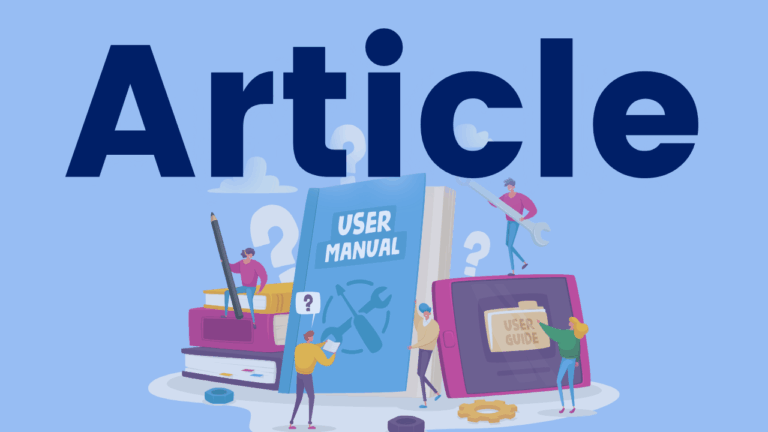Reading Road Trip: Literacy Coaching and PD with Dr. Daryl Michel
This episode of Reading Road Trip covers various aspects of coaching, including improving communication, setting and achieving goals, utilizing data in an MTSS model, and supporting administrators. Discussion Guide




